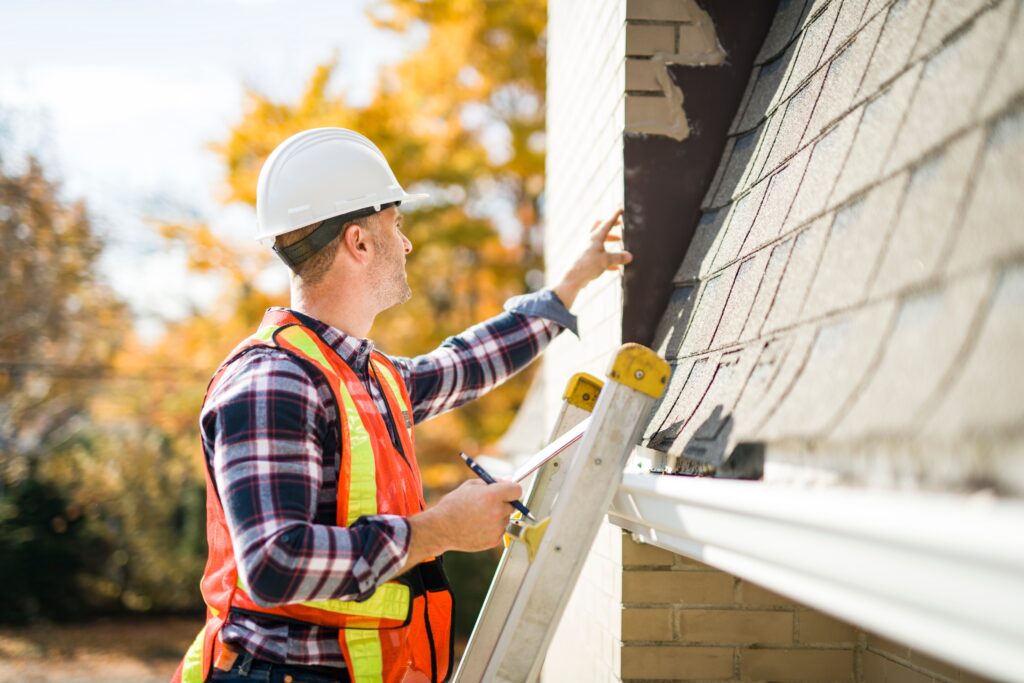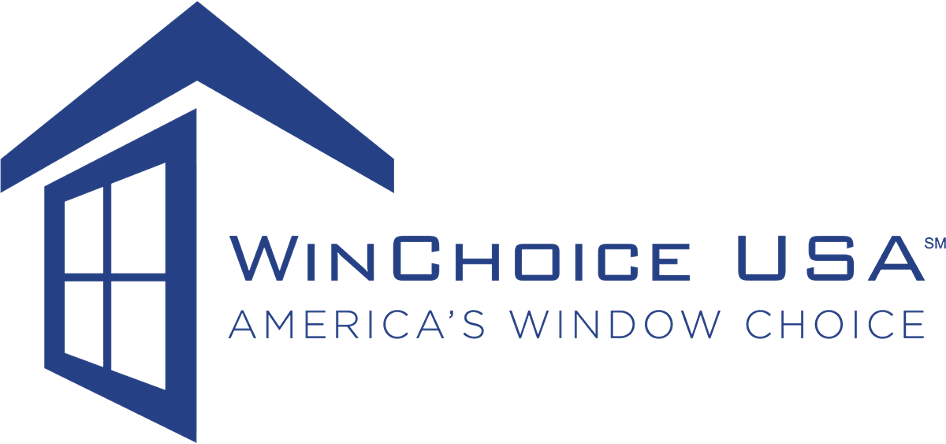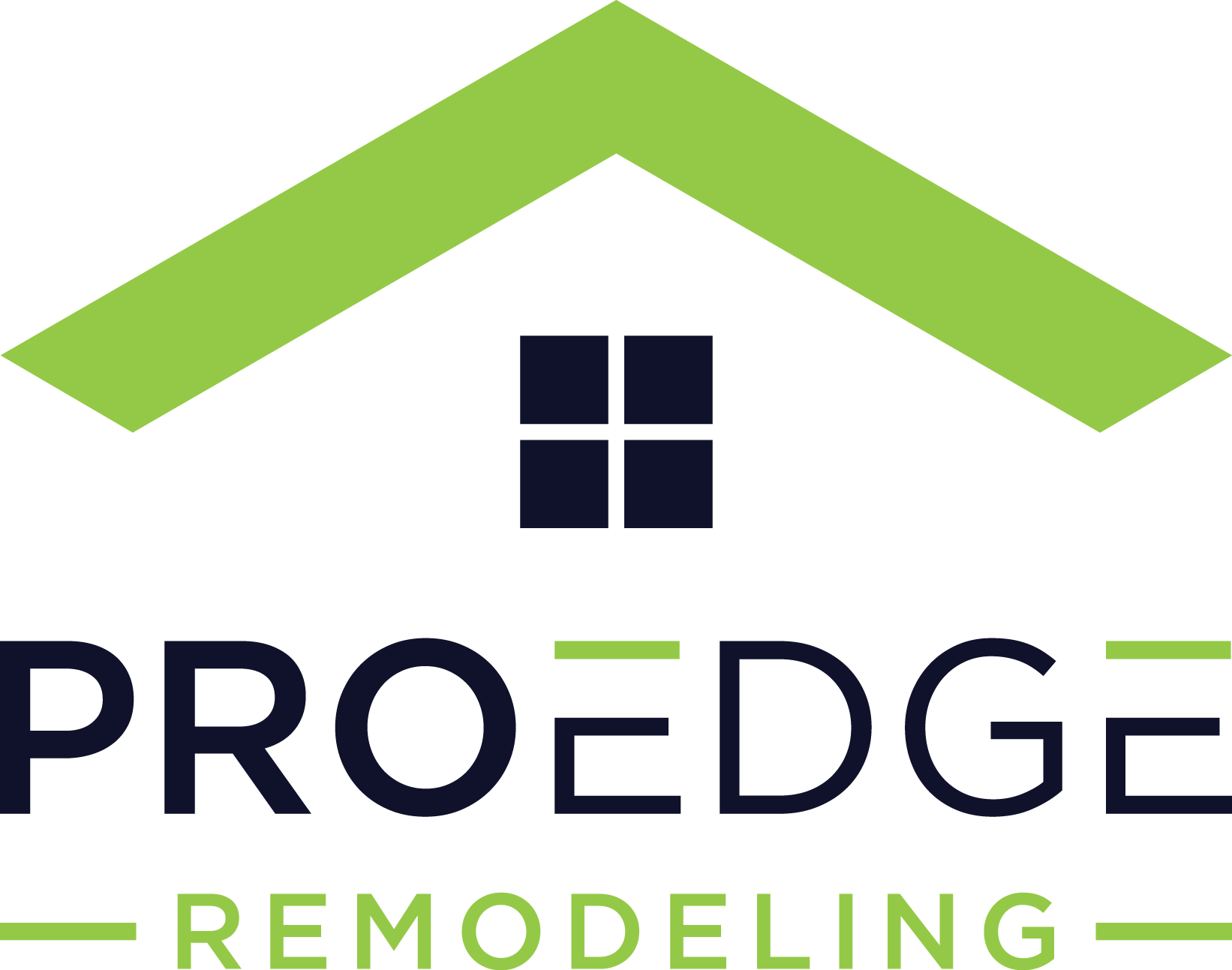Cost Guide for Common Roof Repairs

Your roof does a lot of heavy lifting—protecting your home from wind, rain, sun, and snow. But even the most durable roofs eventually need attention. Whether you’re dealing with a sudden leak or routine wear and tear, understanding the potential costs for common roof repairs can help you plan ahead and avoid unnecessary expenses.
Roof repair costs can vary widely depending on the type of damage, your roofing material, labor rates in your area, and how easy it is to access the damaged section. While many minor repairs cost less than $500, more extensive work—like fixing structural damage or widespread leaks—can run into the thousands. On average, homeowners can expect to pay between $380 and $1,800 for typical roof repairs.
In this guide, we’ll break down the most common types of roof repairs, what they usually cost, the factors that influence pricing, and tips to help you save money. You’ll also learn when a repair might be enough and when it could be time to consider a full roof replacement.
Table of Contents
Factors That Affect Roof Repair Costs
Several factors can influence how much you’ll pay to fix your roof. Here’s a closer look at what drives pricing:
Type and Extent of Damage
Minor fixes like replacing a few shingles are usually straightforward and affordable. However, major issues like structural damage, widespread leaks, or water infiltration typically require more labor, materials, and time to fix, which increases the total cost.
Roofing Material
The type of roofing material on your home plays a major role in determining repair costs. Asphalt shingles, which are the most common and budget-friendly option, typically cost $5 to $9 per square foot to repair. More durable materials like metal, tile, or slate often come with higher repair costs due to both the price of materials and the specialized labor required. For example, slate roof repairs usually start around $500 and can easily exceed $2,000, especially when the damage is extensive or hard to access.
Labor and Location
Labor rates can vary widely by region. Expect to pay more in areas with a higher cost of living. Local regulations, permit requirements, and contractor availability also influence final pricing.
Roof Accessibility and Complexity
If your roof is steep, multi-level, or difficult to access, it may take longer and cost more to repair. Roofs with complex layouts or multiple slopes often require additional safety measures and equipment, which adds to labor costs.
Urgency of Repairs
Emergency roof repairs typically cost more than routine maintenance or scheduled fixes. Since urgent problems often require immediate service, sometimes outside normal business hours, contractors may charge a premium for fast turnaround. Scheduling regular roof inspections and addressing small problems early can help you avoid these added costs.
Common Roof Repairs and Their Costs
Roof repairs can range from basic shingle replacements to more complex structural fixes. Understanding the most common issues and what they typically cost can help you plan and budget effectively.
Shingle Repairs and Replacement
Shingles often take the brunt of storm damage and age-related wear. Cracked, curled, or missing shingles can expose the roof’s underlayment to moisture, leading to further issues. Shingle repairs usually cost between $150 and $1,500, depending on the number of shingles and the material type. While handy homeowners might attempt small fixes, it’s safer to rely on professionals for elevated or steep roof sections.
Roof Leak Repairs
Leaks are among the most urgent roof problems. They often appear as ceiling stains or interior dampness and may be caused by damaged flashing, broken seals, or missing shingles. Leak repairs typically range from $350 to $1,500 depending on location and severity. If water has reached insulation, drywall, or framing, the total cost may be significantly higher.
Flashing Repairs
Flashing is used to seal joints around chimneys, vents, and skylights. Damaged or corroded flashing allows water to seep into vulnerable areas. Repairs generally cost between $200 and $1,000. Properly installed flashing is key to preventing long-term water damage and mold issues.
Gutter Repairs and Replacements
Gutters may not be part of the roof surface, but they play an essential role in roof drainage. Broken, sagging, or clogged gutters can cause water to back up into the roofline. Repairs or replacements typically cost $150 to $1,200 depending on length, material, and complexity. Regular gutter cleaning can help prevent roof damage.
Roof Vent Repairs
Roof vents help regulate attic airflow and reduce heat and moisture buildup. If a vent becomes cracked or blocked, it can shorten the life of your roofing materials and lead to mold. Vent repairs usually range from $200 to $700. Ensuring proper ventilation supports energy efficiency and extends roof lifespan.
Structural Repairs
Structural damage is usually the most serious and expensive type of roof repair. It may involve replacing rotted decking, damaged rafters, or broken trusses. Causes can include long-term water infiltration, heavy snow loads, or fallen trees. Costs range from $500 to $5,000 or more, depending on how much of the structure is affected. In some cases, a full replacement is more cost-effective.
When to Repair vs. Replace Your Roof
Not all roofing problems require full replacement. Sometimes, a well-timed repair can extend your roof’s lifespan. In other cases, replacement is the smarter financial decision.
Consider Repairing If:
- Damage is localized and relatively minor
- Your roof is less than 15–20 years old
- Repairs will extend the roof’s lifespan without recurring issues
Consider Replacing If:
- Your roof is 20–30 years old (especially asphalt shingles)
- There are recurring leaks or structural problems
- Repairs are frequent or cost more than half the price of replacement
Roof Replacement Cost Overview:
- Asphalt shingles: $5,000–$12,000
- Metal roofing: $10,000–$20,000
- Tile or slate: $15,000–$30,000+
Investing in a new roof can boost energy efficiency, lower maintenance costs, and improve property value.
How to Save on Roof Repairs
Roof repairs can be expensive, but smart planning can help reduce your costs. Here are a few strategies that can help:
Schedule Regular Inspections
Routine inspections help identify small problems early, before they turn into major repairs. Aim to inspect your roof once or twice a year, especially after storms or heavy snow.
Get Multiple Estimates
Before committing to a contractor, request several estimates. Compare pricing, scope of work, warranties, and reviews to ensure you’re getting the best value.
Check Warranties
Your roofing materials or previous contractor work may still be under warranty. Review all paperwork to see if the repair is covered before paying out of pocket.
Use Homeowners Insurance When Applicable
If damage is caused by a covered event like a storm or fallen tree, file a claim with your insurance company. Document everything with photos and follow up promptly.
Ask About Seasonal Discounts
Many roofing companies offer lower rates during slower seasons such as late fall or winter. Scheduling non-urgent repairs during these periods may result in savings.
Maintain Your Gutters
Clean and functional gutters protect your roof by directing water away from the structure. Regular maintenance can prevent water-related damage.
Know Your Limits With DIY
Some small fixes, like replacing a shingle, can be done safely by experienced homeowners. However, complex or high-up repairs should be handled by professionals to avoid costly mistakes or injuries.
Conclusion
Roof issues rarely start as major problems. Often, it’s something small—a loose shingle, a minor leak—that goes unnoticed until it grows into a costly repair. Regular maintenance helps you catch these issues early, keeping repairs simpler and more affordable while protecting your home from bigger disruptions.
By understanding what repairs typically cost, what factors affect pricing, and when to bring in a professional, you can make confident, informed decisions about your roof. A roof that’s in good shape doesn’t just shield your home from the elements—it also helps with energy efficiency and adds to your property’s value.
If you’re unsure about your roof’s current condition, a professional inspection is a simple step that can offer peace of mind and a clear path forward.
Additional Roofing Resources

Anna has over six years of experience in the home services and journalism industries and serves as the Content Manager at MyHomePros.com, specializing in making complex home improvement topics like HVAC, roofing, and plumbing accessible to all. With a bachelor’s degree in journalism from Auburn University, she excels in crafting localized, comprehensive guides that cater to homeowners’ unique needs. Living on both coasts of the United States has equipped her with a distinctive perspective, fueling her passion for turning any house into a cherished home through informed, personalized decision-making.








